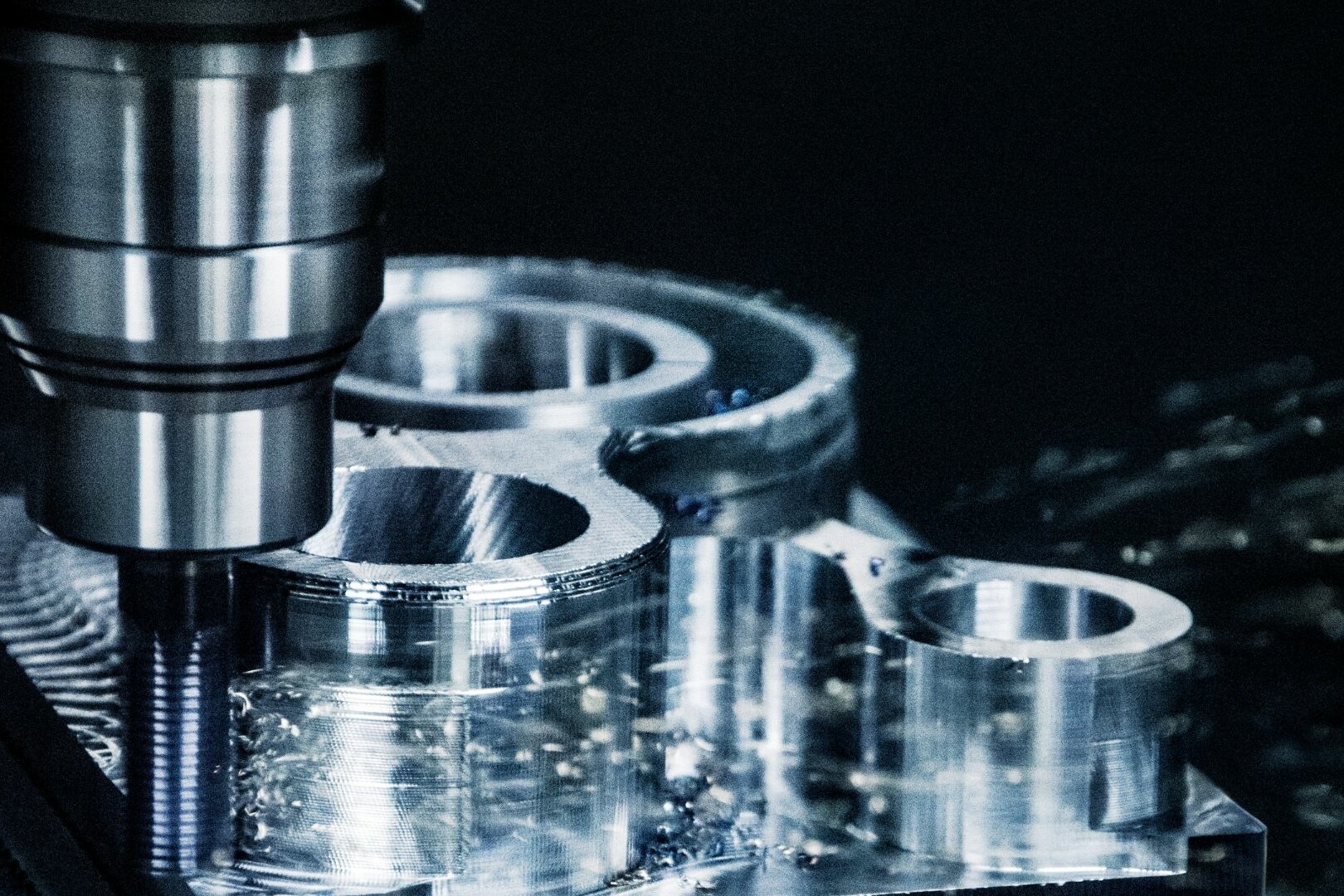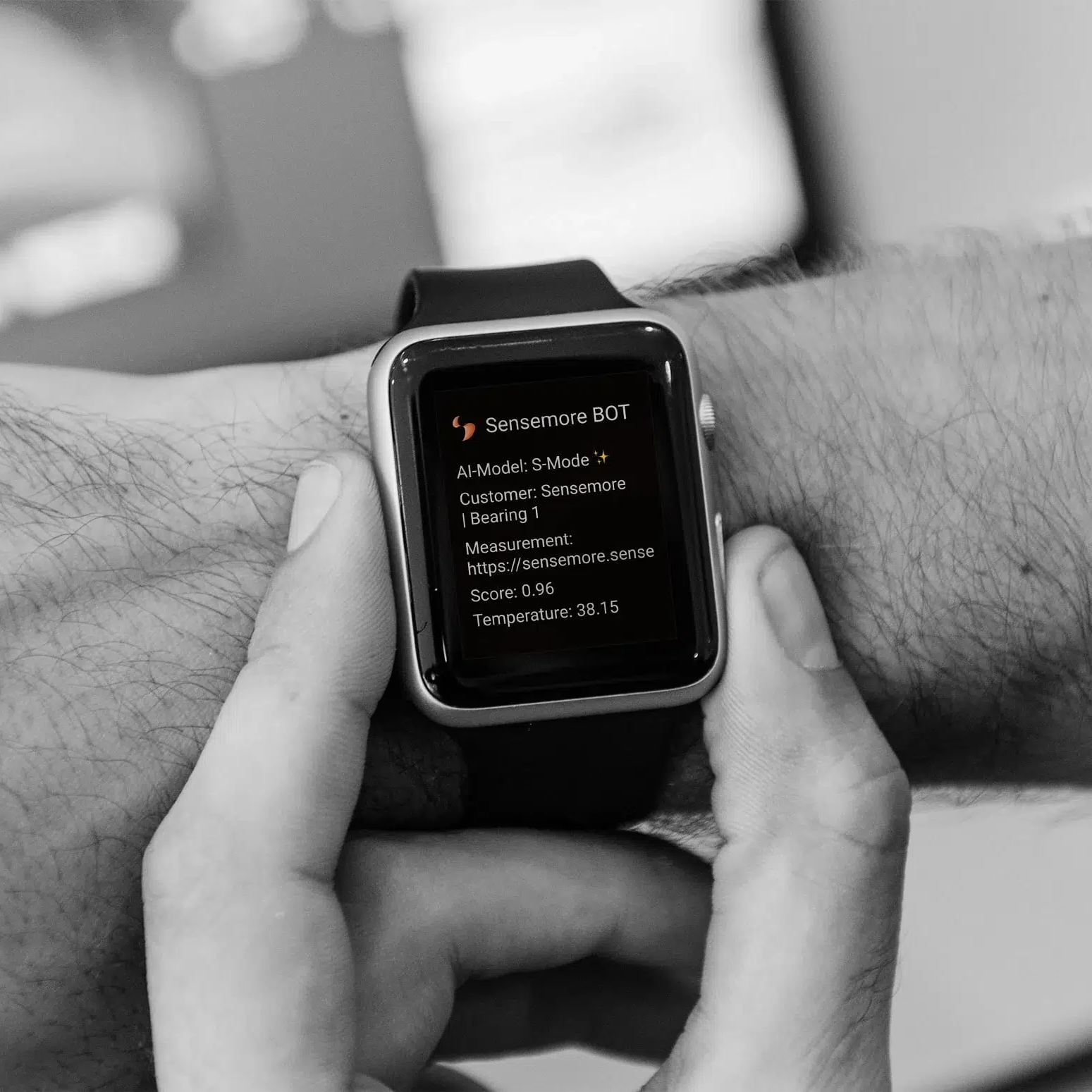Predictive maintenance (PdM) stands important for profit maximization and asset preservation. Unlike traditional reactive maintenance, PdM emphasizes pre-emptive actions, driven by real-time insights into equipment performance. The shift towards proactive maintenance methodologies signals a change in industrial practices. Organizations now prioritize anticipation over reaction, leveraging data analytics, sensor technologies, and predictive algorithms to mitigate potential failures before they occur.
Overview of Top Predictive Maintenance Trends and Innovations
In 2024, predictive maintenance is marked by a spectrum of innovative trends reshaping industrial landscapes. These advancements encompass state-of-the-art technologies and data-driven methodologies, aimed at optimizing asset management and maintenance practices. Understanding these trends is essential for organizations striving to maintain competitive advantage and operational efficiency in today’s dynamic business environment.
Predictive maintenance trends and innovations in 2024 holds great significance for businesses aiming to maintain competitiveness. Staying ahead of these trends enables organizations to proactively adapt to evolving industry standards, optimize resource allocation, and deploy cutting-edge technologies that foster operational resilience. A proactive stance in understanding and implementing emerging trends is indispensable for sustaining competitive advantage.
Analysis of Top Predictive Maintenance Trends & Innovations
Artificial Intelligence (AI)
In 2024, Artificial Intelligence (AI), facilitates real-time data analysis, enabling the identification of patterns and anomalies indicative of potential equipment failures. By leveraging AI-driven predictive analytics, industries can optimize maintenance schedules, reduce downtime, and enhance operational efficiency.
Internet of Things (IoT)
The Internet of Things (IoT) centralized asset monitoring by collecting and transmitting real-time data on equipment performance and health. This interconnected ecosystem enables proactive intervention, empowering maintenance teams to address potential issues before they escalate into costly failures.
Inspection Technologies
Inspection technologies, ranging from vibration analysis to infrared thermography, enable comprehensive assessment of equipment health. By implementing systematic inspection protocols, organizations can detect early signs of deterioration, mitigate potential risks, and prolong asset lifecycles.
Digital Twins
In 2024, Digital Twins virtual replicas of physical equipment continuous monitoring and analysis, providing real-time insights into asset performance and behavior. By simulating operational conditions and predicting potential failures, digital twins enable proactive maintenance strategies, minimizing downtime and optimizing asset utilization.
Predictive Analytics
Predictive analytics leverages advanced algorithms and machine learning techniques, organizations analyze vast amounts of unstructured data to identify patterns and trends indicative of equipment health. By harnessing the power of predictive analytics, businesses can anticipate maintenance needs, optimize resource allocation, and mitigate risks associated with unexpected failures.
Predictive Maintenance as a Service (PdMaaS)
The advent of Predictive Maintenance as a Service (PdMaaS) revolutionizes maintenance practices in 2024. Cloud-based solutions democratize access to predictive maintenance tools and expertise, allowing organizations of all sizes to harness the benefits of advanced analytics and predictive algorithms. By outsourcing predictive maintenance functions to specialized service providers, businesses can streamline operations, reduce costs, and focus on core competencies.
Immersive Technologies
Immersive technologies, such as Extended Reality (XR), redefine asset inspections in 2024. By integrating virtual and augmented reality tools into maintenance workflows, organizations enhance visualization and interaction with equipment. XR technologies enable immersive training, remote assistance, and virtual simulations, empowering maintenance teams to identify issues, troubleshoot problems, and perform inspections with unparalleled precision and efficiency.
Impact and Benefits of Predictive Maintenance Trends
Each predictive maintenance trend in 2024 contributes to fast, precise, and cost-effective maintenance practices. By leveraging advanced technologies and data-driven methodologies, organizations can streamline maintenance workflows, optimize resource allocation, and minimize operational disruptions. The integration of predictive analytics, IoT sensors, and digital twins enables proactive intervention, allowing maintenance teams to address potential issues before they escalate into costly failures.
Predictive maintenance innovations in 2024 positively impact manufacturers and businesses by optimizing efficiency and reducing downtime. By adopting proactive maintenance strategies, organizations can enhance asset reliability, improve production output, and minimize revenue loss associated with unplanned outages. Predictive maintenance facilitates informed decision-making, enabling businesses to allocate resources effectively, prioritize maintenance activities, and maximize the return on investment in critical assets.
Conclusion
The adoption of relevant technologies holds the promise of improved efficiency and reduced downtime in maintenance operations. By leveraging advanced analytics, IoT sensors, digital twins, and immersive technologies, businesses can unlock new opportunities for optimization and innovation. These technologies empower maintenance teams to make data-driven decisions, proactively address equipment issues, and optimize asset performance throughout their lifecycle. As businesses embrace the transformative potential of predictive maintenance, they pave the way for enhanced productivity, profitability, and competitiveness in the ever-evolving landscape of 2024 and beyond.
Recommended Blog Posts
September 4, 2023
Powerful Signal Analysis Tools for Vibration Analysis
Predictive maintenance, crucial for machinery reliability, heavily relies on vibration analysis. Techniques like FFT…
September 4, 2023
Rotating Machinery Vibration Analysis
Vibration analysis is a critical tool in various industries like manufacturing, power generation, and transportation.…
December 28, 2022
Fault Diagnostic Technique Using Machine Mode Similarity Analysis
AI can diagnose machine faults with vibration data but machine mode similarity analysis is an alternative, it uses…
September 15, 2022
Understanding Rotating Machinery Data
Machine data is generated by physical attributes and actions of machines, collected by sensors and analyzed for…
August 6, 2021
Envelope Analysis
Bearings are critical elements in rotating machines, they support radial and axial loads, and reduce friction. Real…
May 6, 2021
What is Cepstral Analysis?
Cepstral Analysis, a tool used to detect periodicity in frequency spectrum, can be useful in gearbox fault detection in…
October 9, 2020
How is Fault Detection Performed?
Vibration measurements and analysis, using multiple parameters, can identify developing problems in machinery before…
September 21, 2020
Parameter Selections in Vibration Measurement
Vibration measurements are used to determine the response of machines to forces and identify potential issues. It is…
September 4, 2020
What is Vibration Analysis?
Vibration analysis can be used to discover problems in machines and predict when they might fail. It can significantly…
Discover Our Products
Sensemore Predictive Maintenance Solution
If you enjoyed this blog, explore our Predictive Maintenance Solution page.











